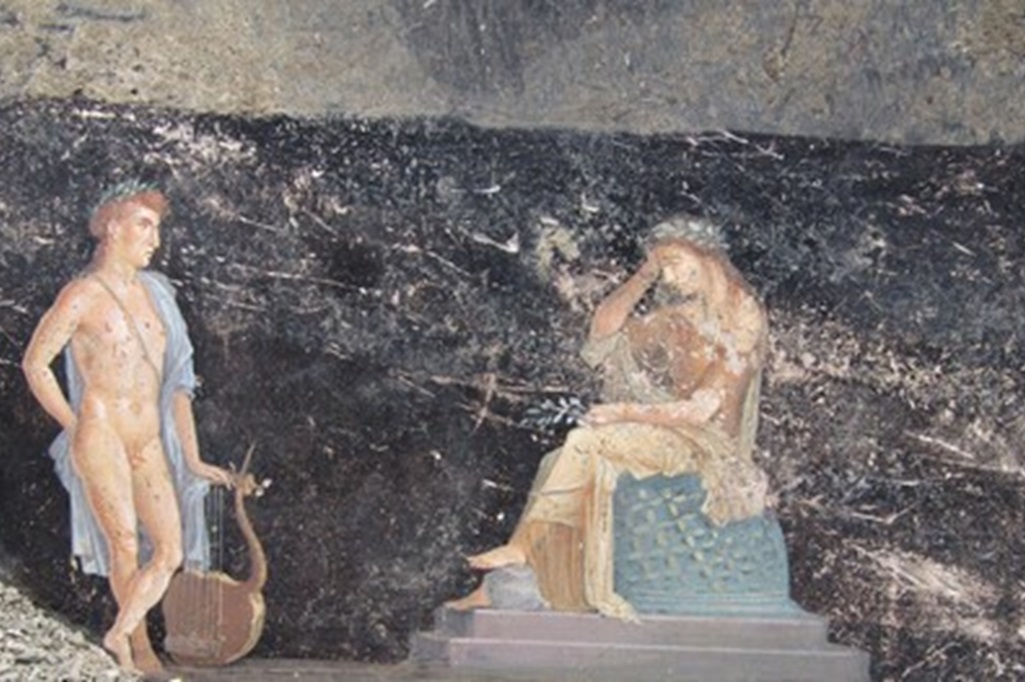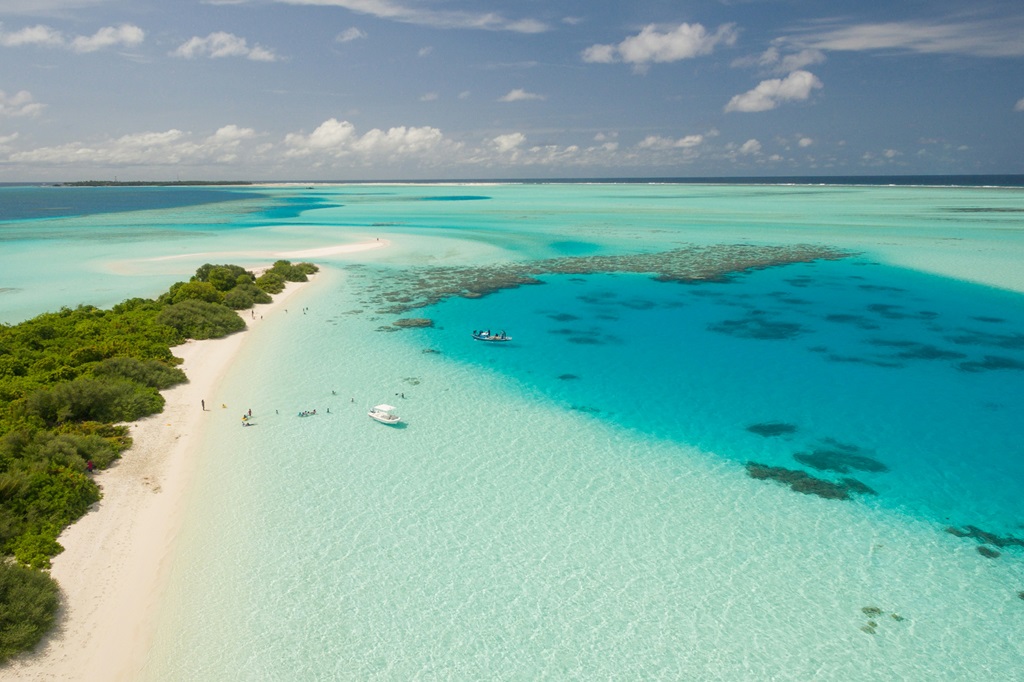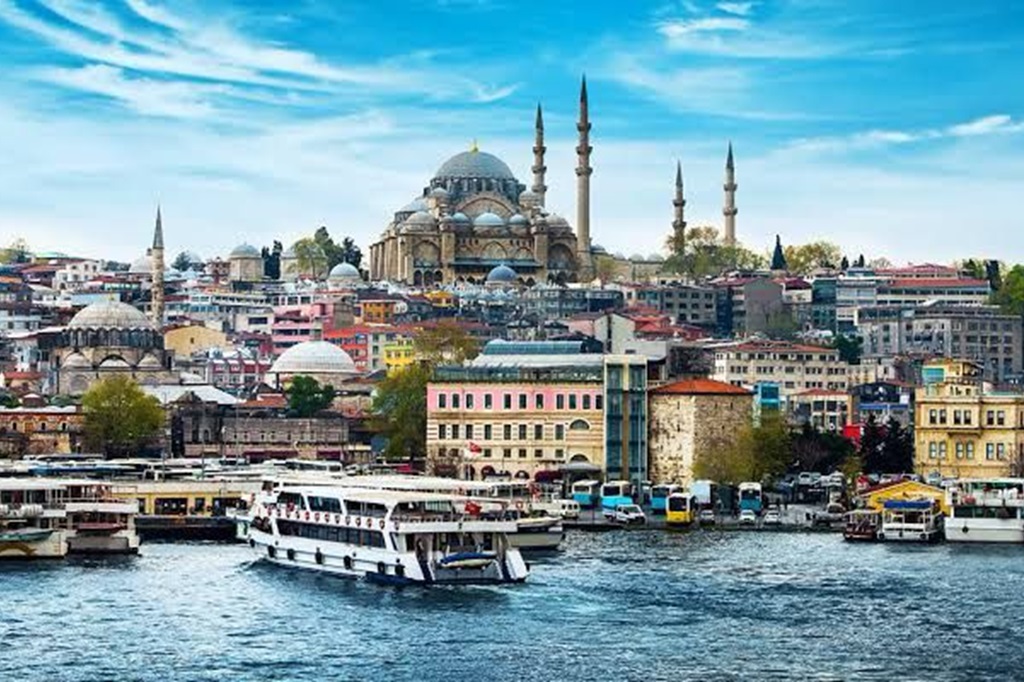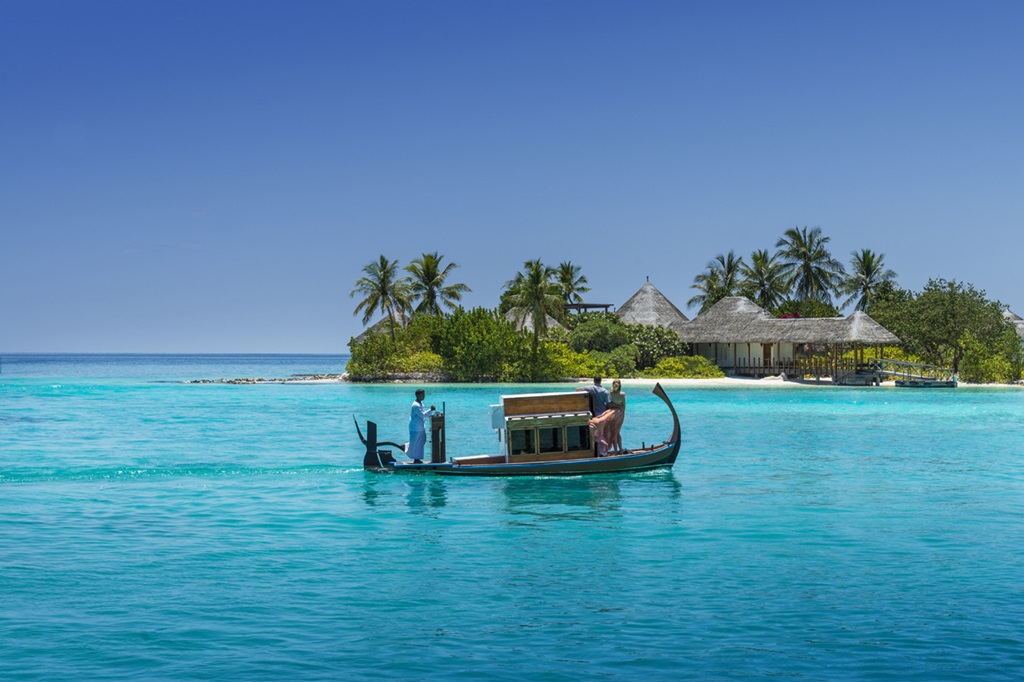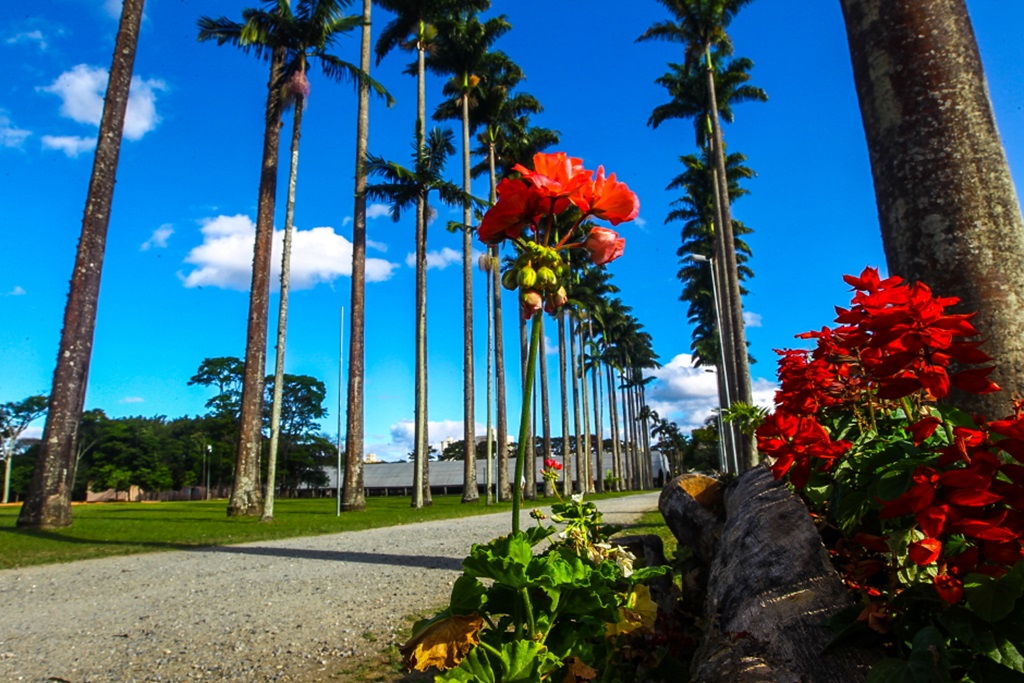Foz do Iguaçu, na região Oeste do Paraná, conhecida como a Terra das Cataratas também é uma cidade que dispõe vários atrativos culturais, com ênfase para a arquitetura religiosa, como o Templo Budista. O Templo Budista Chen Tien é um local de orações e meditações da comunidade oriental de Foz do Iguaçu. Com belíssima arquitetura, o turista tem a liberdade de fazer fotos no local e conhecer a doutrina budista. À sua porta, encontra-se a palavra ORBI, que significa Ordem Budista.
Na parte superior do templo, existem cinco estátuas de Buda que representam, entre outras coisas, a alegria, a sorte e a saúde. O templo possui uma sacada, de onde podem ser avistados o Rio Paraná, a Ilha Acaray, a Ponte da Amizade (fronteira entre Brasil e Paraguai),
o centro de Ciudad del Este e parte de Foz do Iguaçu.
Em frente ao templo, na parte externa, há uma ampla calçada e, ao lado, 112 estátuas de cerca de dois metros de altura cada uma, sendo 108 estátuas amarelas e quatro estátuas maiores. Significam boas-vindas às pessoas que estão chegando ao templo e representam
mulheres cujas mãos estão estendidas para frente.
A posição de uma das mãos significa boas-vindas e a outra representa energia positiva. A quantidade de estátuas não influencia no significado. As estátuas externas foram confeccionadas no próprio local e as do interior do templo foram trazidas da China. O Buda gigante, com cerca de sete metros de altura, representa a doutrina budista e está posicionado de costas para o templo e de frente para a região fronteiriça.
Para quem ainda não teve nenhum contato com o budismo, na próxima visita a Foz do Iguaçu o templo budista será uma parada obrigatória. De terça a domingo, das 9h30 às 17h. Cultos, aos domingos, das 9h às 11h30.
Publicado no Aeroporto Jornal – março/2011
Buddhist Temple
Foz do Iguaçu, in western Paraná, known as the Land of the Falls is also a city that has many cultural attractions, with emphasis on the religious architecture, such as the Buddhist Temple. The Buddhist Temple is a place of prayers and meditations of the Eastern community of
Foz do Iguaçu. With a beautiful architecture, tourists have the freedom to take pictures and meet the Buddhist doctrine. At the doorstep,
you will find the word ORBI, which means Buddhist Order. At the top of the temple, there are five Buddha statues that represent, among other things, the joy, luck and health.
The temple has a balcony, from where the Rio Paraná, Ilha Acaray, the Friendship Bridge (border between Brazil and Paraguay), the Ciudad del Este downtown and part of Foz do Iguaçu can be seen. In front of the temple, on the outside, there is a wide sidewalk, and beside, 112 statues of about two feet tall each, with 108 yellow and four bigger statues, meaning welcome to those who are coming to the temple and represent women whose hands are extended forward.
The position of one hand means welcome and another represents positive energy. The amount of statues does not influence the meaning. The statues outside were made on the location and the interior ones were brought from China. The Giant Buddha, about seven feet tall, represents the Buddhist doctrine and it is positioned with its back to the temple and facing the border region.
For those who have had no contact with Buddhism, the next visit to Foz do Iguaçu Buddhist temple is a must. From Tuesday to Sunday
from 9:30am to 5pm. Worship on Sundays from 9am to 11.30am.

